The Weird Times: Issue 32, December 20, 2020 — Winter Solstice
“Trust is fundamental, reciprocal and, ideally, pervasive. If it is present, anything is possible. If it is absent, nothing is possible. The best leaders trust their followers with the truth, and you know what happens as a result? Their followers trust them back. With that bond, they can do big, hard things together, changing the world for the better.” —George Schultz
I never imagined I would quote George Schultz on anything, but his 100th birthday Op-Ed in the Washington Post was a sobering and inspiring read….
“You cannot have Chuck Schumer talking rural issues to rural people.” —Sen. Jon Tester (D), Montana
I’m not a shaman or religious scholar
but from time to time something power-
ful, barely endurable, takes hold of me
by the nape and shakes me clear.
—from “On the Way Out, Turn off the Light,” by Marge Piercy.
"Politics is nothing but war without bloodshed and war is nothing but politics with bloodshed." —Fred Hampton. (ABC News Interview with Fred Hampton, October 9, 1969.)
Axios journalist Jonathan Swan reported that senior Trump officials think Trump is spending too much time with crackpots who are egging him on to seize power. One told Swan: when Trump is "retweeting threats of putting politicians in jail, and spends his time talking to conspiracy nuts who openly say declaring martial law is no big deal, it’s impossible not to start getting anxious about how this ends." –Heather Cox Richardson, Letters from an American, 12/19/20
What you need to know about this year’s solstice and the great conjunction, William Teets, The Conversation, 12/18/20
The winter solstice this year happens on Dec. 21. This is when the Sun appears the lowest in the Northern Hemisphere sky and is at its farthest southern point over Earth – directly over the Tropic of Capricorn. For folks living at 23.5 degrees south latitude, not only does this day mark their summer solstice, but they also see the Sun directly over them at local noon. After that, the Sun will start to creep back north again.
…
Saturn and Jupiter have appeared fairly close together in our sky throughout the year. But on Dec. 21, Saturn and Jupiter will appear so close together that some folks may have a difficult time seeing them as two objects.
The next time they will get this close together in our sky won’t be for another 60 years, so this is going to be a once-in-a-lifetime event for many people. In fact, the last time they got this close together was in the year 1623, but it was really difficult, if not impossible, to see them then because they appeared much closer to the Sun and set soon after it. Go back another 400 years to 1226 and this would have been the last time that we would have had a good view of this type of conjunction.
If weather permits at Dyer Observatory, we’ll be streaming a live view of the conjunction from one of the observatory’s telescopes, and I’ll be available to answer questions. Even if you don’t have a telescope or a pair of binoculars, definitely go out and check out this very rare alignment with your own eyes. Remember that they set soon after sunset, so be ready to view right at dusk!
+++
Winter Solstice
now the shortest day
teases a moment to
look backward
at just the right instant when
moon will rise to
light up your eyes
and see the sun
make its run home
fingertips aroused to touch as
any love emboldened will
brighten the stars
with limitless love
now this pleasure
perfect as the moon herself
abandons us before
we can begin to believe
what we have seen
or heard
how little we matter
and look
behind you
there is someone in the dark
whose voice is calling and
still you will not answer
—David Wilk
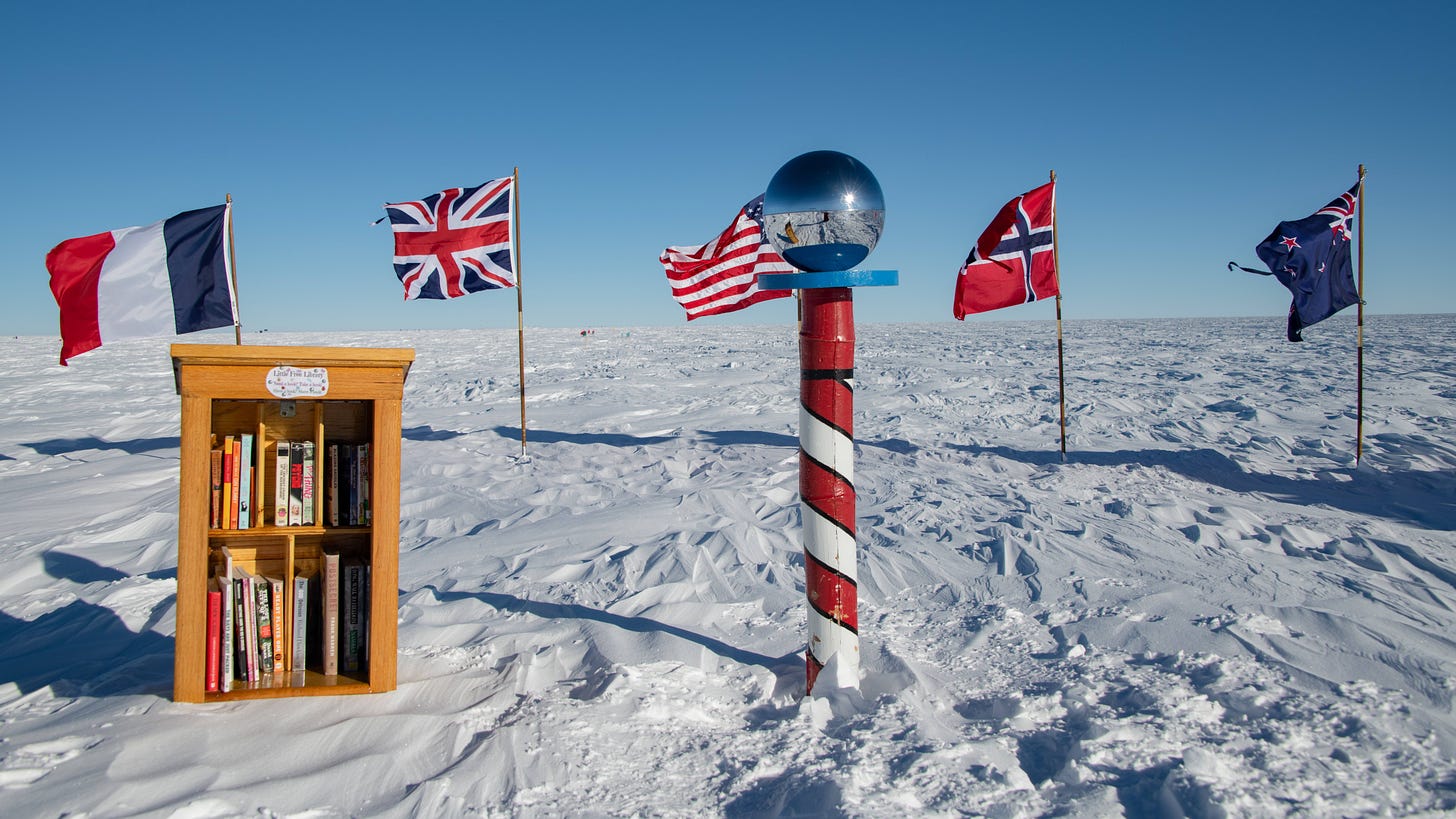
The South Pole now has its own Little Free Library. The new book-sharing box was built by Russell Schnell, a scientist for the National Oceanic and Atmospheric Administration (NOAA). Schnell says, “Books with photos of colorful trees, warm deserts, water, beaches, wheat fields, and animals and birds are popular at the South Pole.” Heck, at the literal end of the world where the temperature can drop to -100 °F, I’d be happy to find a box with three Sidney Sheldon novels, a 2013 tax guide and a copy of “Dianetics.” (Ron Charles, Washington Post, 12/18/20)
+++
Energy Transitions: 100% clean power? Don’t wait for new technology, study says, David Ianaconangelo, E&E News, 12/15/20
The United States could transition to 100% carbon-free electricity more cheaply if it focuses on existing technologies and a national build-out of transmission, rather than next-generation technologies like carbon capture and small nuclear plants, according to a new study.
Published in the journal Joule last week, the study finds that expanding transmission lines across states and regions, and implementing a national process for coordinating regional grids, could cut the cost of obtaining carbon-free power by 46% compared with a state-by-state decarbonization process.
Those regional grids could run entirely on technologies that have already been deployed in at least 1 gigawatt of scale, like onshore wind, solar, nuclear, hydropower, and energy storage strategies like short-duration batteries and pumped hydro, according to researchers at the Massachusetts Institute of Technology's Energy Initiative.
+++
Electric cars closing in on gas guzzlers as battery costs plunge, David Baker, Bloomberg.com, 12/15/20
Electric vehicles may cost about the same as their gas-guzzling brethren in just three or four years -- and only get cheaper from there, according to a new report from BloombergNEF.
Electric cars and buses, which are key to fighting global warming, have long been saddled with bigger up-front costs than those burning gasoline or diesel, due to the cost of batteries. But researchers say that price premium will disappear once battery packs reach $100 per kilowatt-hour -- a tipping point BNEF expects to occur in 2023, according to its 2020 Battery Price Survey.
The Birder Who Wants Black Youth to See Themselves in STEM, Sarah Wells, Vice, 12/15/20
“Adopt a long-term perspective for disrupting the systems that have created this long-standing, white-centered field of wildlife conservation in the U.S.,” advised Newsome. “The work has to start much earlier in the lives of future wildlife conservationists if we want the workforce to look like the demographics of this country in 20 or 30 years.”
Corina Newsome is the Community Engagement Manager for Georgia Audubon and a biology Master’s student at Georgia Southern University. Corina, who began in the field of wildlife conservation as a zookeeper, currently conducts research to conserve the MacGillivray's Seaside Sparrow and connects people with birds across the state of Georgia.
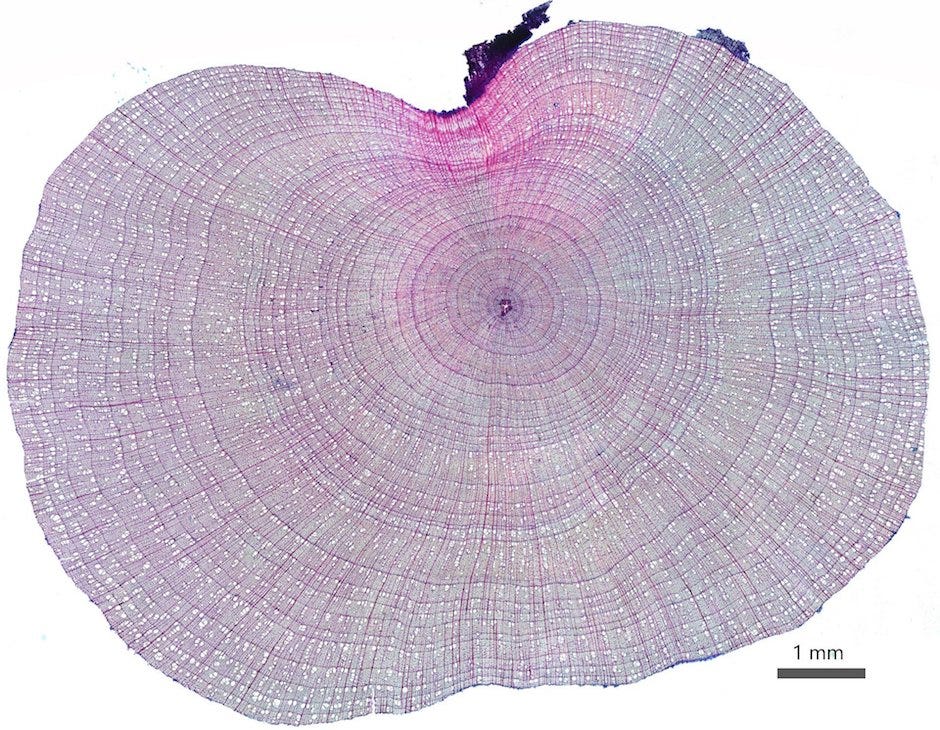
How tiny growth rings revealed the secret link between sea ice loss and tundra ‘greening’ and ‘browning’ Yereth Rosen, Arctic Today, 12/17/20
As the Arctic warms and shrub growth continues expanding to higher latitudes, a paradox has emerged: Plants in many parts of the warming Arctic are withering.
Now a new study offers a potential explanation for the “browning” that is occurring in parts of the Arctic even as most of the circumpolar region is getting more leafy and woody.
The study, by an international science team and published in the Proceedings of the National Academy of Sciences, has tracked the relationship between dwindling sea ice and spreading Arctic shrub growth. It found that about 57 percent of shrubs sampled from around the Arctic grew more robustly as sea ice retreated over the past decades — and as summer air temperatures increased over the same decades. But a significant minority of the Arctic shrubs examined, 39 percent, had stunted growth as ice dwindles and air temperatures increased, indicating summer conditions that were too hot and dry for those plants to thrive.
Losing Ground: Climate Change Is Altering the Rules of Ecosystem Hierarchy: Sea-level rise is letting a tiny crab drastically alter marsh landscapes, Stephanie Livingston, Scientific American, Jan 2021 issue
Halfway down Georgia's coastline, Sapelo Island is surrounded by more than 4,000 acres of salt marshes, with vast stretches of lush grasses that blaze gold in the colder months. But this beautiful barrier island is experiencing some of the harshest effects of climate change: seawater intrusion, intense storms and flooding.
And scientists have noticed something more subtle and unusual happening to the island in the past several years. A once inconspicuous burrowing crab is suddenly wiping out swaths of marsh cordgrass, a plant that holds much of the South's coastal marshland in place and protects vulnerable species. The tiny purple marsh crab, Sesarma reticulatum, seems to be reshaping—and fragmenting—the island's marshes.
+++
Can Organic Farming Solve the Climate Crisis? Lisa Held, Civil Eats, 12/15/20
In the short-term, sequestering carbon may not be as pressing a problem as confronting the immediate, snowballing effects of climate change. On this front, organic has some strong bonafides. The Rodale Institute’s crop trials have shown that during drought years, organic yields are significantly better than yields in the conventional fields. As extreme weather events happen more regularly and lead to drastic fluctuations, Schonbeck said the evidence points to organic farms weathering the storms more effectively.
“[After a flood], if the soil is healthy, it’ll absorb that moisture and stay waterlogged for a much shorter period of time. Then when the drought comes, the plants . . . will continue to hang in there and do pretty well,” he said, adding that organic farming also protects the pollinators needed to ensure a future food supply.
Still, for those who hope to see climate-friendly farming enacted on as many acres as possible, organic certification can look like a barrier. If many farmers won’t make the switch, U.C. Davis’s Scow said, maybe it’s better to ask, “‘What are the most important practices, and how do you get them into systems?’ Maybe it’s a matter of reducing pesticide use and reducing tillage.”
While Youngblood sees the growth of these practices in conventional and regenerative systems as a positive development, she is convinced organic farms have the most to offer. “There’s still a lot more research that needs to be done,” she said. “And I don’t want to say that we have answers to all of the kinds of questions that we need to look at, but I think we have enough scientific research to really point to the [organic’s climate] benefits.”
(This is a short excerpt from a long article that is well worth your time to read in full).
Saving Slovenia’s ‘Human Fish’ Katie Jewett, BioGraphic, 12/15/20
Beneath Slovenia’s bustling cities and rolling countryside, the cave systems that have shaped and sheltered olms for millions of years are changing fast. As scientists probe for insights into olms’ mysterious existence, they’re finding that human health is closely intertwined with that of the salamanders. Across the olm’s home range, people have used the subterranean environment as both a source for drinking water and a dump for waste. Now, scientists are working to illuminate ways to safeguard the “human fish” from its namesake, and in the process, show Slovenians the true depth of their connection to this otherworldly creature.
…
Like all cave life, olms descended from surface-dwelling species. Olms and their closest living relatives, the mudpuppies or water dogs of North America, last shared a common ancestor around when the dinosaurs died off and the earliest birds began to emerge. When tectonic activity gave rise to new subterranean habitat, the olm’s ancestors eventually descended into karst. Dramatic climate shifts like the most recent ice age and aridification swept the region, wiping out many vertebrates across the present-day Dinaric Alps, but ancestors of the olm had already moved underground, serendipitously evading the worst of the weather.
“Evolution took the same path every time an olm ancestor went underground—they lost contact, all relation to one another—but despite this isolation they all came out the same,” says Rok Kostanjšek (koh-STAHN’-shek), a molecular biologist and professor at the University of Ljubljana in Slovenia’s capital city. His team hopes to resolve whether the olm is actually seven, or perhaps nine, separate species, currently lumped into one due to morphological similarities and lack of definitive data. Each population is endemic, sometimes living entirely within a single well hole, and each one likely arose from an independent evolutionary event. This phenomenon, known as parallel evolution, happens when separate lineages evolve in the same way—mirroring one another in form—since they’re responding to similar environmental pressures.
(I wonder what Melania knows about olms)
And about that griftocracy….
Oops: Jared Kushner reportedly created a shell company to secretly pay Trump Family members and spend half the campaign’s cash, Bess Levin, Vanity Fair, 12/18/20
According to Business Insider, first son-in-law Jared Kushner personally approved the creation of the company, incorporated as American Made Media Consultants Corp. and American Made Media Consultants LLC, in April 2018. From there, Eric Trump’s wife, Lara Trump, was named president, with Mike Pence’s nephew John Pence serving as vice president. If you’re wondering why the shell company, described as Business Insider as acting “almost like a campaign within a campaign” was necessary, well, it’s not entirely clear, but it sure sounds like the express purpose was the ability to shield “financial and operational details from public scrutiny,” as it allowed the campaign to avoid federally mandated disclosures concerning what it was spending considerable amounts of money on. And by considerable we mean nearly half of the $1.26 billion raised for Trump’s reelection.
+++
I’m a Black woman writing about money and race. Here’s what I see: P.S. What I learned when I wrote about systemic racism in America, Michelle Singletary, Washington Post, 12/18/20
Reparations aren’t about you or your family history. Unless you or members of your family were legally enslaved in this country and then subjected to generations of legalized discrimination and inhumane treatment, then your experiences can’t compare or compete with slavery and its legacy, which continues to benefit White Americans to this day. Your ancestors immigrated by choice to a land where prosperity was possible, first because of free Black labor, and then because of the segregation and oppression of Black people that followed. Generations of Black citizens in America have been prevented by federal, state and local government policies and by corporate and private practices from enjoying the same prosperity and from seeking the same upward mobility that your lineage probably came to America to find.
+++
Just Another Day
12 10 2020
Information continues to pour in
day to day, hour to hour, minutes are largely eclipsed
by the arrival of new information that reiterates
in passing information and interpretations
already received and processed repeatedly
while I feel obliged to keep my face on screen
as long as I can just to be civil
at conferences, committee meetings, and informal
but crucial, potentially consequential conversations
and to shift to stimuli and resources on line
and in books and magazines and print-outs
I’ve made to read longer texts without this engorgement
by pixels and whatever the light, this
transformation of electricity into a visual torrent,
is made of, resigned never to understand
how this information is transferred, only
possibly to understand my choices for enabling
and enacting some responsibility for whatever
it tells me about my relations with the world
of life of all sorts, more than ever inaccessible to me
-- to my body, my attentive mind --
in adjustment to our collective needs for safety
short-term in this still mounting pandemic,
never mind global warming, world-wide pollution,
nuclear arms proliferation, and war-mongering
to ensure my leaders’ short-term profits every day
And who am I
to complain?
And who am I
to complain to?
I agree. Complaining doesn’t do much good,
especially if no one is listening
but myself. And I have it easy. Aside from many
other privileges and advantages of my material
and social situations, I have things to do
that I can believe worthwhile and socially
constructive, supportive of the oppressed,
caring, witnessing, connecting. So
never mind me. How about you?
—Steve Benson
“At least 2,628 new coronavirus deaths and 193,947 new cases were reported in the United States on Dec. 19. Over the past week, there has been an average of 216,705 cases per day, an increase of 13 percent from the average two weeks earlier.”
—NY Times, 12/20/20
This is a winter we will surely never forget. More than 316,000 Americans have died and the pace of mortality is increasing. So far, fewer than 200,000 Americans have received the vaccine. Please, my friends, be careful. Let us carry the grief for our fellow human beings, and together we will find a new way to live on this planet. Pandemic has shown us that it is time to change everything. We can, we must. Solstice shows us there is always light in the darkness.




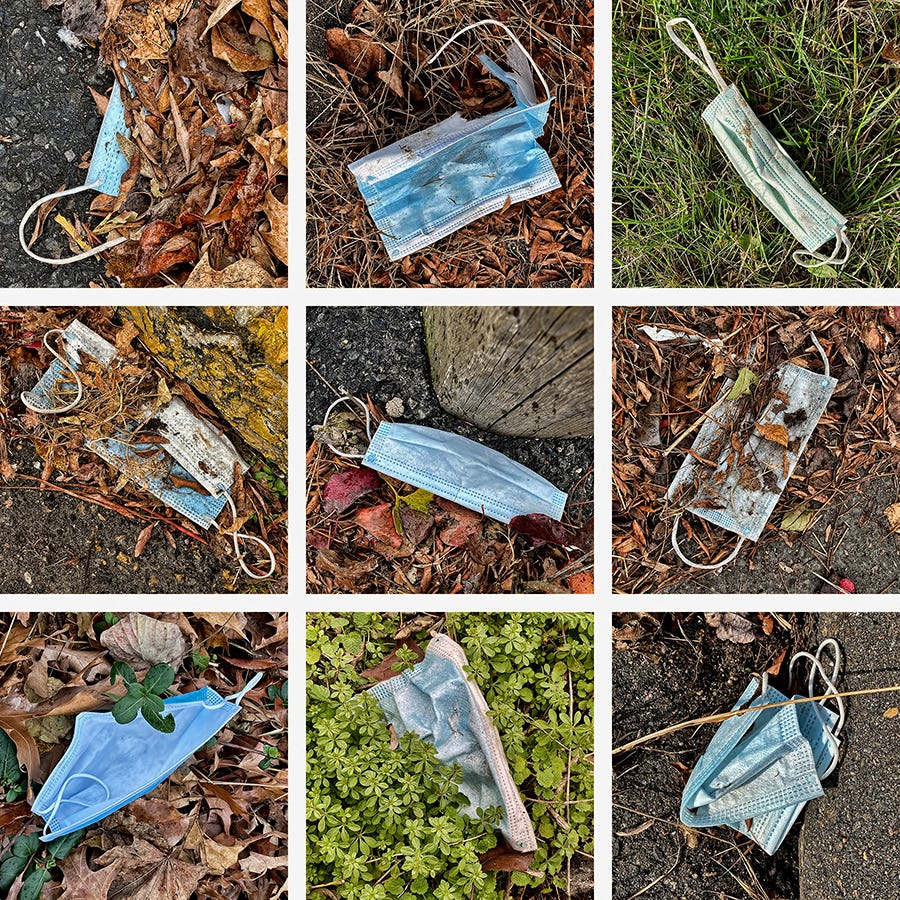
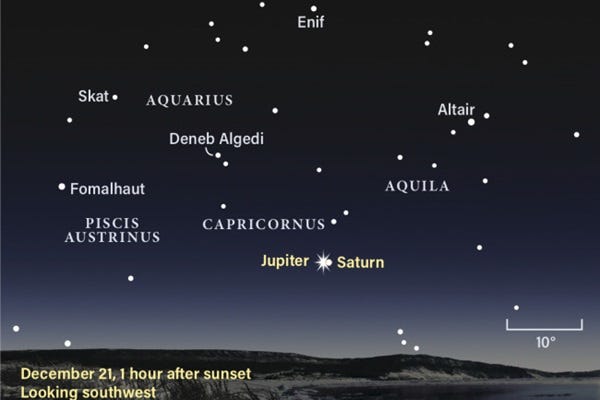
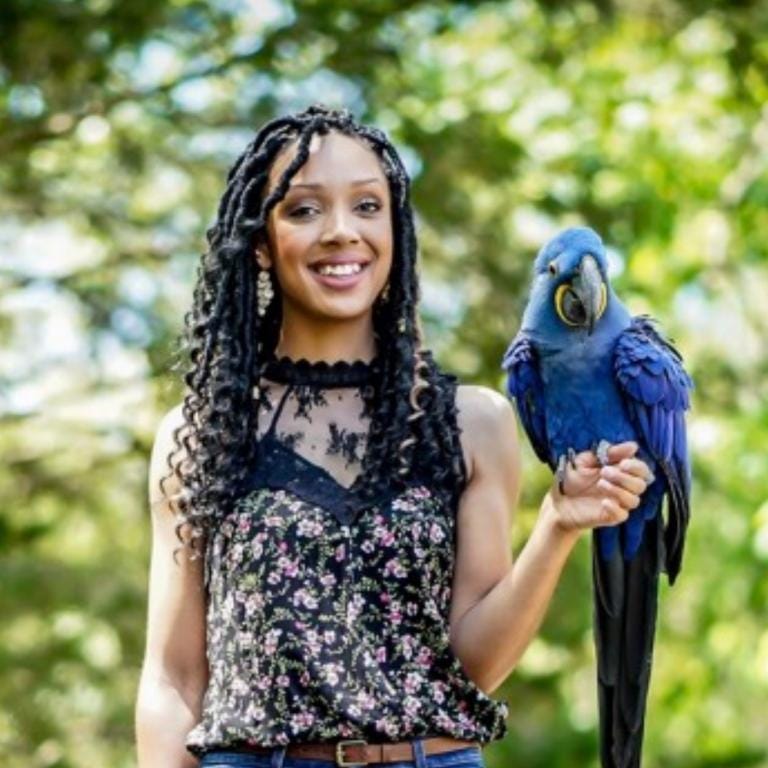
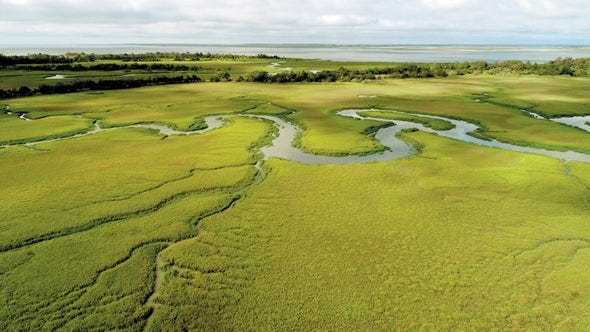
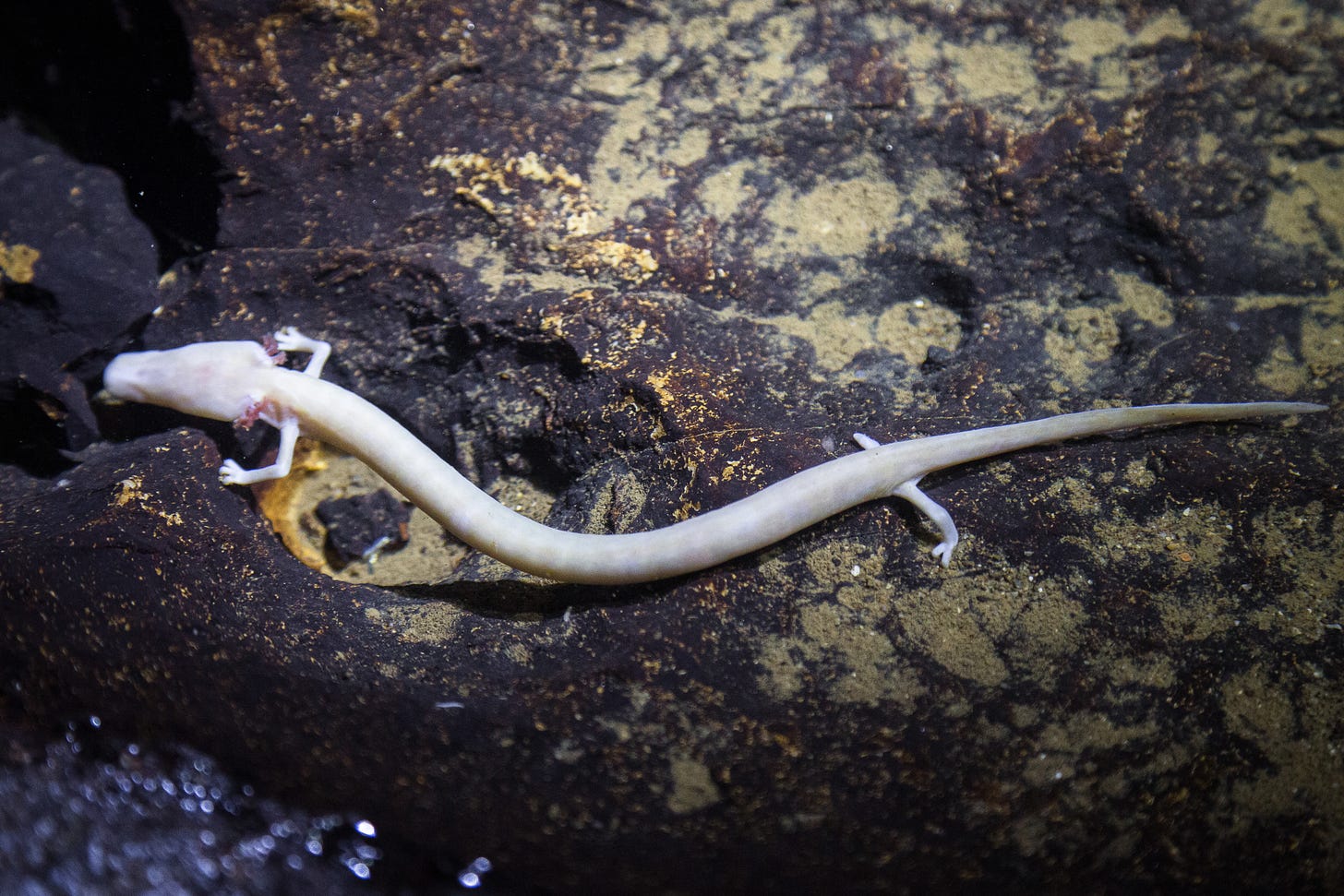
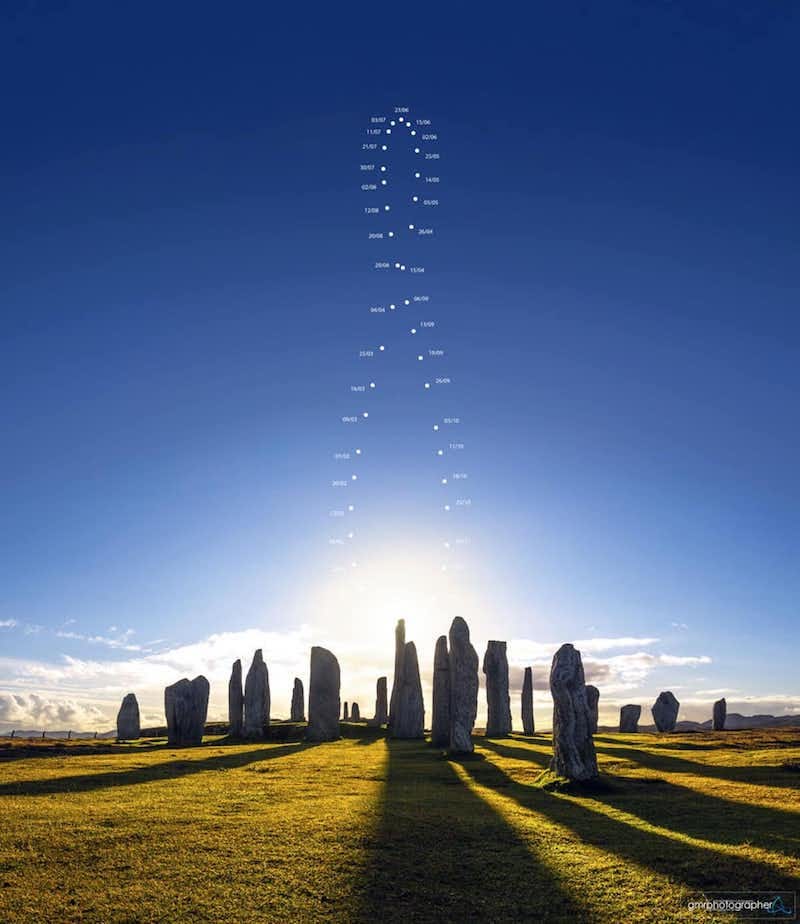
Oh and I remember Marge Piercy when she was a girl and I was even younger. That's a nice quatrain and a fine title for a book.
The bird news and the news by tree ring and your Solstice poem made my day. So good to hear from Steve Benson too. thanks David, for the candor and all you do. Michael Wolfe